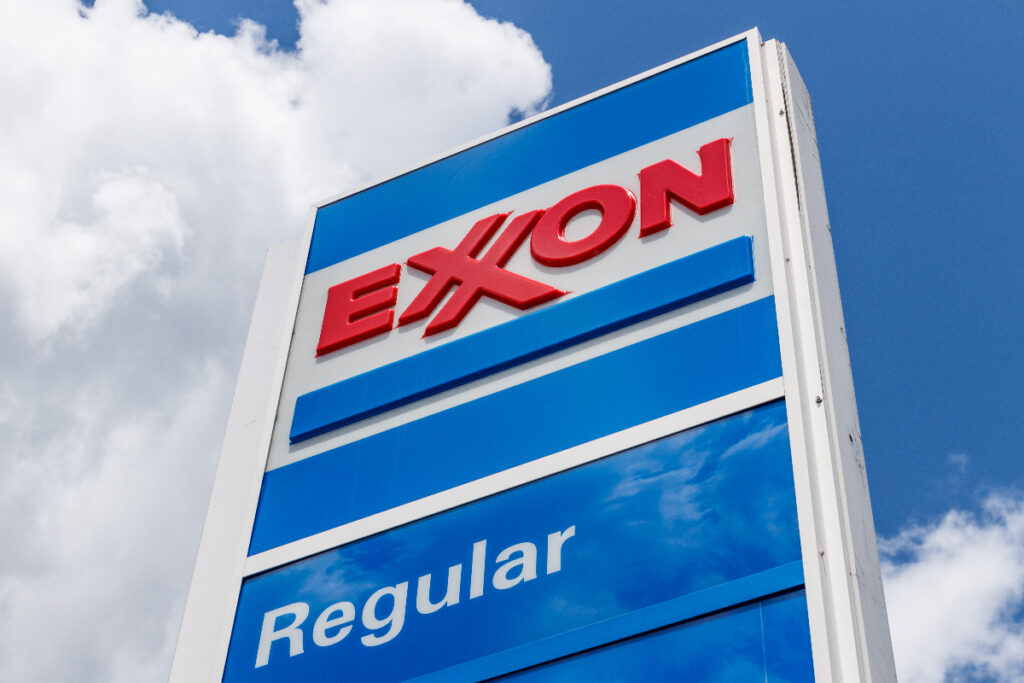Oil Giants Report Declining Profits
In the first quarter of 2025, Exxon Mobil and Chevron experienced significant drops in profits, marking their lowest earnings in years. Exxon reported a net income of $7.71 billion, or $1.76 per share, down from $8.22 billion, or $2.06 per share, in the same period last year. Revenue also fell short of expectations, totaling $83.13 billion against analysts’ forecasts of $84.15 billion.
Chevron’s performance mirrored this trend, with adjusted earnings of $2.18 per share on revenues of $47.61 billion, compared to analyst predictions of $2.15 per share and $48.66 billion in revenue. These figures represent Chevron’s weakest first-quarter profits since 2021.
The downturn is attributed to a combination of factors, including declining crude oil prices and increased operational costs. U.S. benchmark crude oil prices dipped below $60 per barrel, a threshold that renders many production operations unprofitable. This price point is nearly 30% lower than the previous year, signaling a challenging environment for oil producers.
Economic Uncertainty and Trade Policies Impact Energy Sector
The energy sector’s struggles are compounded by broader economic uncertainties and recent trade policies. President Trump’s announcement of sweeping tariffs on nearly all U.S. trading partners in early April initially caused market panic, leading to a temporary suspension of the tariffs for 90 days. Despite this pause, the uncertainty has dampened consumer and business activities, contributing to a 0.3% contraction in the U.S. economy during the first quarter—the first such decline in three years.
Tariffs on essential materials like steel have particularly affected oil companies, increasing costs for tools, drilling, and storage. These added expenses, coupled with falling oil prices, have intensified the financial strain on energy firms.
Investor confidence has also been shaken, leading to a decline in shares of major oil companies, including Exxon Mobil, Chevron, and BP. However, Shell managed a slight increase in its share value, indicating some resilience amid the sector’s broader challenges.
OPEC+ Production Decisions and Market Outlook
Global oil production strategies have further influenced market dynamics. In December, eight members of the OPEC+ alliance decided to postpone planned production increases, initially set for January 1, to April 1. The plan involves gradually restoring 2.2 million barrels per day over 18 months, extending through October 2026.
This cautious approach aims to balance market supply and demand but may prolong the period of low oil prices. The decision reflects OPEC+’s strategy to compete with non-allied oil-producing countries while attempting to stabilize the market.
Exxon Mobil’s Chairman and CEO, Darren Woods, expressed confidence in the company’s resilience, stating, “In this uncertain market, our shareholders can be confident in knowing that we’re built for this.” He emphasized the company’s transformation over the past eight years, positioning it to excel in various market conditions.
Broader Economic Indicators and Consumer Sentiment
The energy sector’s challenges are part of a larger economic picture marked by mixed signals. While the U.S. labor market added 177,000 jobs in April, surpassing expectations, consumer confidence has plummeted to its lowest point since May 2020. The Conference Board’s index dropped 7.9 points to 86, with short-term expectations falling sharply, indicating growing recession fears among Americans.
Aggressive tariffs, including a 10% rate on most imports and a 145% rate on Chinese goods, have contributed to rising prices and economic uncertainty. These factors have led to reduced consumer spending and a cautious business environment, further impacting sectors like energy that are sensitive to economic fluctuations.
As the global economy navigates these complexities, the energy sector’s performance will remain a key indicator of broader economic health. Companies like Exxon Mobil and Chevron will need to adapt to the evolving landscape, balancing operational efficiency with strategic investments to weather the ongoing challenges.


